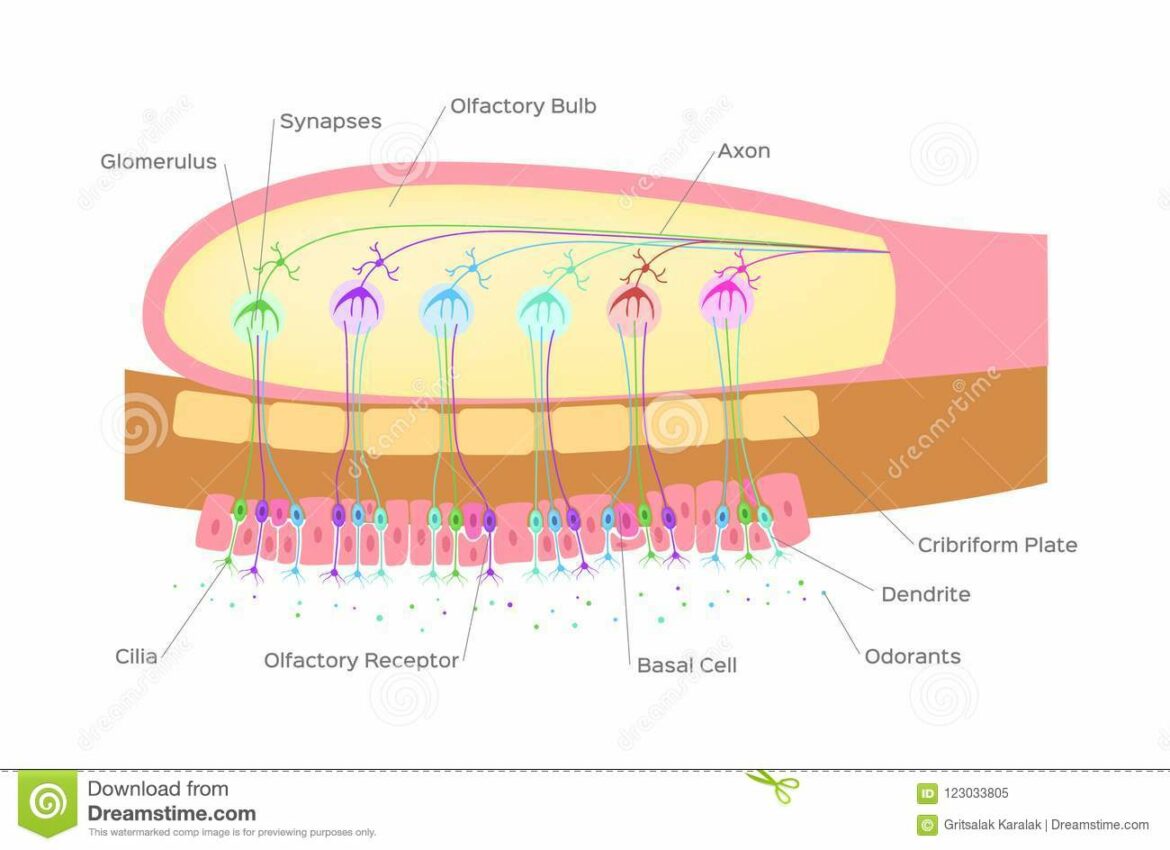Olfactory white (OW) is an understudied and relatively unknown brain structure. It was first discovered in 1879 by German anatomist Rudolf Virchow, who described it as a small, round mass of tissue located just above the olfactory bulbs. Despite its small size, the OW plays an important role in smell perception and has been implicated in a variety of disorders, including Alzheimer’s disease, Parkinson’s disease, and schizophrenia.
The OW is composed of two main types of neurons: projection neurons and local interneurons. Projection neurons send axons to other brain regions involved in smell processing, such as the amygdala and hippocampus. Local interneurons are thought to provide inhibitory input to nearby projection neurons. The balance between excitatory and inhibitory input is thought to be important for proper function of the OW.
Recent studies have begun to shed light on the role of the OW in human health and disease. For example, researchers have found that people with Alzheimer’s disease tend to have reduced activity in the left side of their OWs compared to healthy controls. This suggests that the OW may be involved in early stages of Alzheimer’s disease pathogenesis. Additionally, scientists have identified a genetic variant that seems to protect against age-related decline in olfactory function; this variant is associated with increased expression of a protein called “brain-derived neurotrophic factor” (BDNF) in the OW. BDNF is known to promote neuronal growth and survival, suggesting that it may play a role in maintaining normal olfactory function as we age.
Although much remains unknown about the precise functions of the OWS, recent research has begun to uncover its importance for human health and wellbeing


